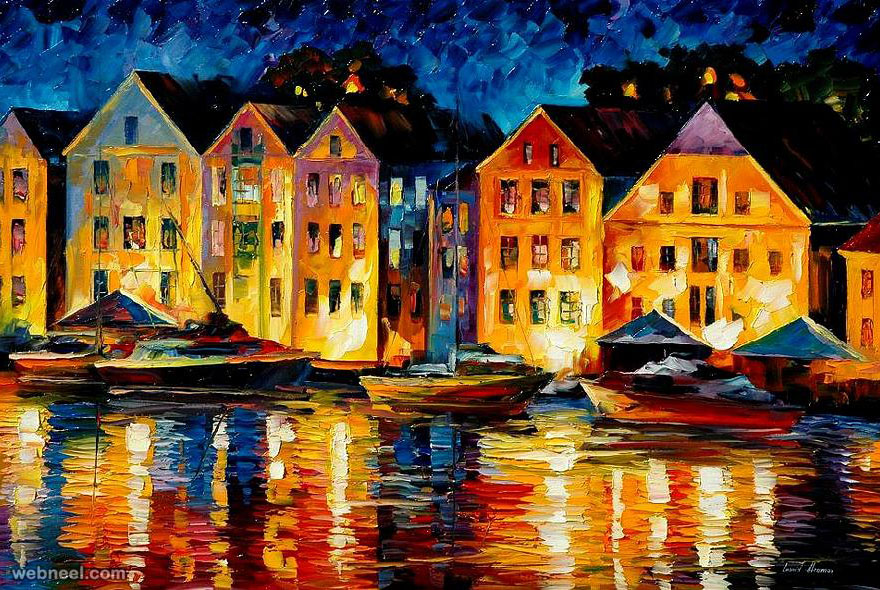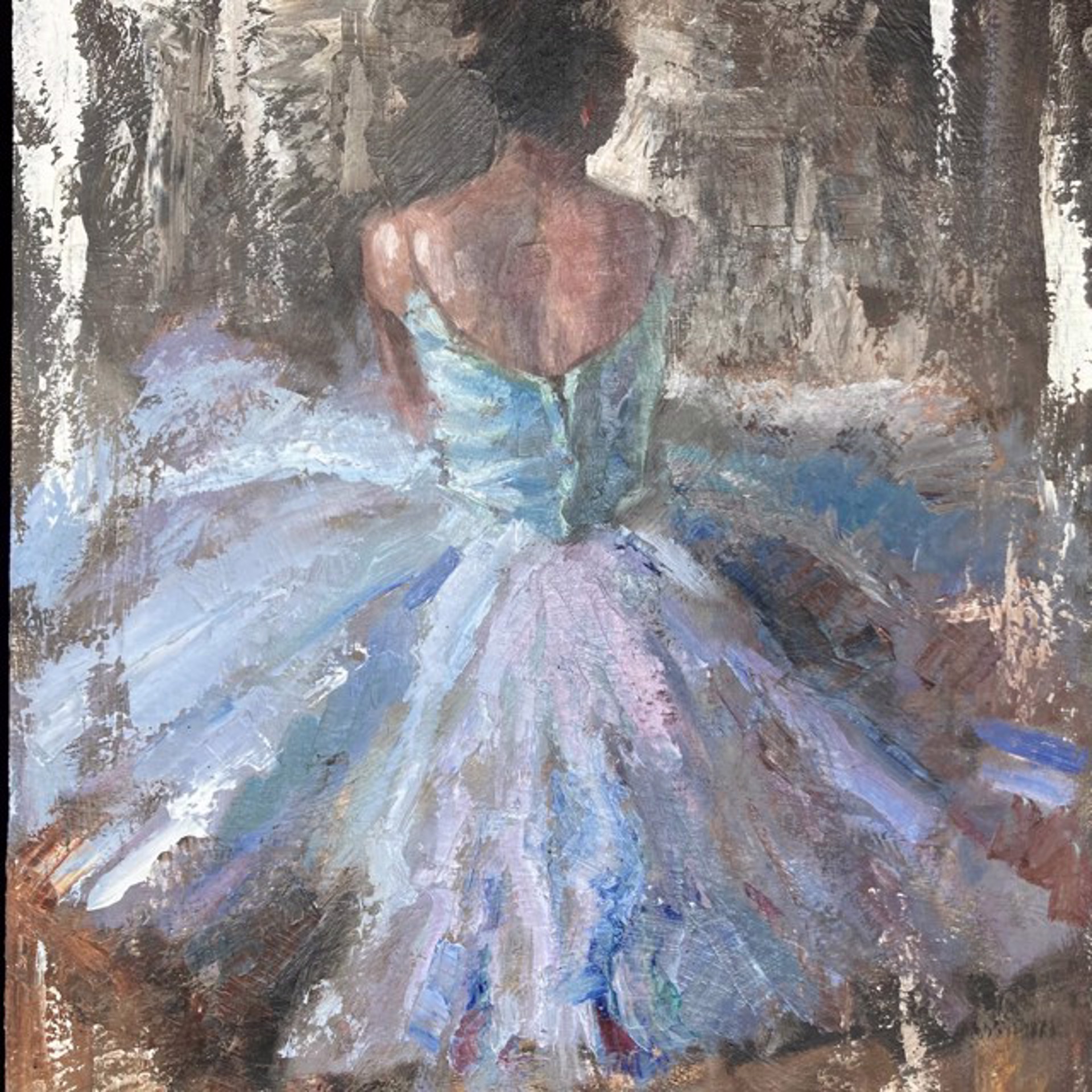Checking out Everything About Oil Paintings: A Guide to Understanding Their Beauty and Worth
Oil paints have captivated target markets for centuries, using a glimpse right into the creative mastery of different periods. Their abundant background is intertwined with innovative strategies and extensive psychological expression. Comprehending the materials and methods behind these art work can improve gratitude. Additionally, the marketplace for oil paints provides chances for collection agencies and investors alike. As one explores this fascinating globe, the question emerges: what makes an oil paint genuinely important?
The Background of Oil Painting: A Trip Through Time
Although oil paint has roots that go back to ancient times, it really prospered during the Renaissance, when musicians found its flexibility and abundant color possibility. Early instances can be mapped to the 7th century, with techniques advancing significantly across societies. The medium ended up being prominent in Northern Europe in the 15th century, specifically with the works of musicians like Jan van Eyck, who originated its usage for thorough realistic look and dynamic tones. This period marked a separation from tempera paints, permitting higher deepness and texture. As oil painting spread, it affected countless artists, bring about masterpieces by popular numbers such as Leonardo da Vinci and Rembrandt. The tool's legacy continues, forming the art globe well into modern-day times.
Understanding Oil Paints: Materials and Techniques
As musicians discover the globe of oil paints, they experience a diverse variety of products and techniques that define this medium. The primary elements of oil paint include pigments, which supply shade, and drying out oils, such as linseed, that bind the pigments and facilitate application. Numerous ingredients can change the paint's texture and drying out time, boosting versatility. Techniques like glazing, where transparent layers are accumulated, and impasto, which involves applying thick paint, enable for various aesthetic effects. In addition, using brushes, palette knives, and also fingers can develop one-of-a-kind textures and finishes. Understanding these strategies and products allows artists to fully express their creativity and accomplish the preferred influence in their art work.
The Duty of Shade in Oil Paintings
Shade plays a crucial duty in oil paintings, influencing both aesthetic appeal and psychological resonance. Understanding shade concept basics, consisting of the connections between colors, can improve an artist's capacity to communicate state of mind and environment. Additionally, understanding color blending methods allows for better depth and splendor in a paint's palette.

Shade Concept Essential
Recognizing shade concept is necessary for musicians working with oil paints, as it forms the structure for developing visually interesting and unified structures. Color concept includes the research study of how shades engage, the color wheel, and the relationships in between primary, secondary, and tertiary colors. Musicians utilize complementary shades to enhance contrasts and develop prime focus, while similar shades advertise unity and cohesiveness within a piece. Additionally, the concepts of cool and cozy shades influence the assumption of depth and area in a painting. Comprehending these principles allows musicians to control color successfully, assisting the customer's eye and communicating their intended message. Proficiency of color theory ultimately improves a musician's capability to share emotions and concepts through their job.
Emotional Effect of Color
The emotional influence of color in oil paints plays a crucial duty in how customers regard and connect with art work. Colors evoke certain feelings and state of minds, affecting the viewer's psychological state. Warm hues like reds and oranges can create a sense of warmth and energy, while cool tones such as blues and environment-friendlies commonly evoke peace or self-questioning. Artists strategically choose color palettes to boost narrative components, leading the target market's emotional journey. The saturation and comparison of colors even more magnify these impacts, attracting attention and developing focus. Ultimately, the interaction of colors in oil paintings not only boosts their aesthetic charm however likewise serves as a powerful tool for psychological expression, improving the visitor's experience and analysis.
Shade Mixing Techniques
While numerous elements of oil painting add to the total make-up, understanding shade mixing techniques is crucial for achieving desired impacts and deepness. Color blending can be approached through different methods, consisting of the additive and subtractive procedures. Additive blending involves incorporating shades of light, while subtractive blending counts on pigments, where shades blend to develop brand-new shades. Artists typically utilize a limited palette to create unified jobs, recognizing the connections between key, additional, and tertiary colors. Strategies such as glazing and scumbling even more boost deepness and luminosity. By skillfully mixing colors, an artist can evoke feelings, produce centerpieces, and accomplish a feeling of realism, inevitably elevating the paint's emotional and aesthetic influence.
Famous Oil Painters and Their Iconic Works

Famed for their proficiency of shade and technique, oil painters have actually developed several of the most well known art work in history. Popular musicians like Vincent van Gogh captivated audiences with his stirring brushwork in "Starry Evening," while Claude Monet's "Perception, Sunrise" laid the foundation for Impressionism. Leonardo da Vinci's "Mona Lisa" remains a long-lasting symbol of imaginative genius, showcasing his skill in recording human expression. Meanwhile, Rembrandt's "The Evening Watch" highlights his innovative usage of light and darkness. Various other notable numbers include Pablo Picasso, who reinvented modern-day art with his strong trial and error in works like "Les Demoiselles d'Avignon," and Georgia O'Keeffe, whose vivid representations of landscapes and flowers helped define American modernism. Each musician's distinct design contributed greatly to the oil painting landscape.
Exactly how to Evaluate the Quality of an Oil Paint
Assessing the top quality of an oil paint entails a mindful assessment of craftsmanship methods, as well as an analysis of color and make-up. Observing brushwork, layering, and the application of paint can reveal the artist's ability level. In addition, the interplay of shades and the overall plan of aspects add significantly to the painting's visual value.
Examining Workmanship Strategies
A thorough evaluation of workmanship strategies is necessary for figuring out the quality of an oil paint. Evaluators need to first analyze the application of paint; thick, distinctive brushstrokes might recommend a skilled hand, while extremely uniform applications might suggest an absence of depth. oil paintings for sale. The layering strategy is additionally crucial; the visibility of lusters and differed density can enhance luminosity and intricacy. Furthermore, the top quality of the products made use of, such as the canvas and pigments, plays a substantial duty in resilience and overall visual. Attention to information in aspects like edges and changes in between colors shows the musician's commitment to their craft. Eventually, these methods contribute to the painting's psychological influence and market value, acting as signs of the musician's skill and intent
Examining Shade and Make-up
While reviewing the quality of an oil paint, one need to focus on the interplay of color and composition, as these aspects are essential to the art work's overall effect. Color choices can stimulate emotions and establish state of mind; consequently, the artist's combination must be analyzed for consistency and contrast. A well-balanced make-up guides the viewer's eye and creates a sense of unity. Musicians usually utilize techniques like the rule of thirds or leading lines to enhance aesthetic rate of interest. Furthermore, the use of light and shadow can include depth, enhancing the three-dimensionality of the paint. Inevitably, a successful oil paint weds shade and composition, engaging the viewer and inviting a deeper admiration of the artist's vision and technique.
Taking care of and Preserving Oil Paintings
Proper care and conservation of oil paintings is vital for keeping their honesty and long life. To secure these art work, it is vital to show them away from straight sunshine, which can cause fading and discoloration. Preserving a stable environment with regulated temperature and moisture more help in protecting against damage. Cleaning need to be done delicately making use of a soft, dry cloth, preventing any rough chemicals that might harm the paint or varnish. Routine examinations for indicators of degeneration, such as splitting or flaking, are advisable. When transporting or keeping oil paintings, correct cushioning and framing are required to avoid physical harm. Eventually, diligent treatment contributes to the visual charm and worth of oil paintings with time.
The Market for Oil Paintings: Spending and accumulating
Understanding the market characteristics for oil paintings is vital for collection agencies and capitalists alike. The value of these artworks is affected by various aspects, consisting of the musician's credibility, historical importance, and existing patterns. Enthusiasts frequently seek pieces that reverberate directly while thinking about potential recognition in value. Galleries and public auctions function as main venues for trading, with prices varying based on demand and rarity. Buying oil paintings requires study into the market, in addition to an understanding of authenticity and provenance. In addition, emerging musicians may provide chances for considerable returns, while established names can regulate high costs. Generally, a calculated approach to accumulating can generate both visual pleasure and economic incentives.

Regularly Asked Inquiries
What Are the Environmental Effects of Oil Paint Products?
The environmental influences of oil paint products include the launch of unpredictable natural compounds (VOCs), harmful waste generation, and source extraction for pigments. These more info elements add to air pollution and ecological deterioration, raising concerns amongst ecologically conscious artists and customers.
Just How Do Various Canvases Impact Oil Painting Results?
Different canvases influence oil painting results significantly. Appearance, surface, and absorbency quality can alter paint application, drying times, and shade vibrancy. Artists frequently choose particular canvases to accomplish preferred effects and enhance their artistic expression.
Can Oil Paintings Be Restored if Damaged?
Oil paintings can undoubtedly be recovered if harmed. Professional conservators use various strategies to repair tears, clean surface areas, and address discoloration, making sure that the art work maintains its original beauty and value for future generations.
What Are the Indications of an Original Oil Painting?
The indications of an initial oil paint include visible brush strokes, appearance variants, and an uneven canvas weave (oil paintings for sale). Furthermore, credibility might be verified with provenance, signatures, and the existence of a varnish layer distinct to oil mediums
Just How Has Technology Influenced Modern Oil Paint Techniques?
Modern technology has greatly influenced modern-day oil painting strategies by introducing electronic devices for preparation, boosted products for appearance and longevity, and on the internet systems for sharing and selling art, thus broadening musicians' imaginative possibilities and target market get to. Oil paint has roots that date back to ancient times, it really flourished during the Renaissance, when artists found its versatility and rich color possibility. The psychological effect of shade in oil paintings plays a vital function in how viewers attach and perceive with artwork. While lots of facets of oil paint contribute to the total make-up, understanding shade blending methods is necessary for achieving preferred effects and depth. Reviewing the quality of an oil painting involves a mindful assessment of craftsmanship techniques, as well as an analysis of color and structure. While evaluating the quality of an oil painting, one should focus on the interaction of color and make-up, as these aspects are basic to the art work's overall effect.